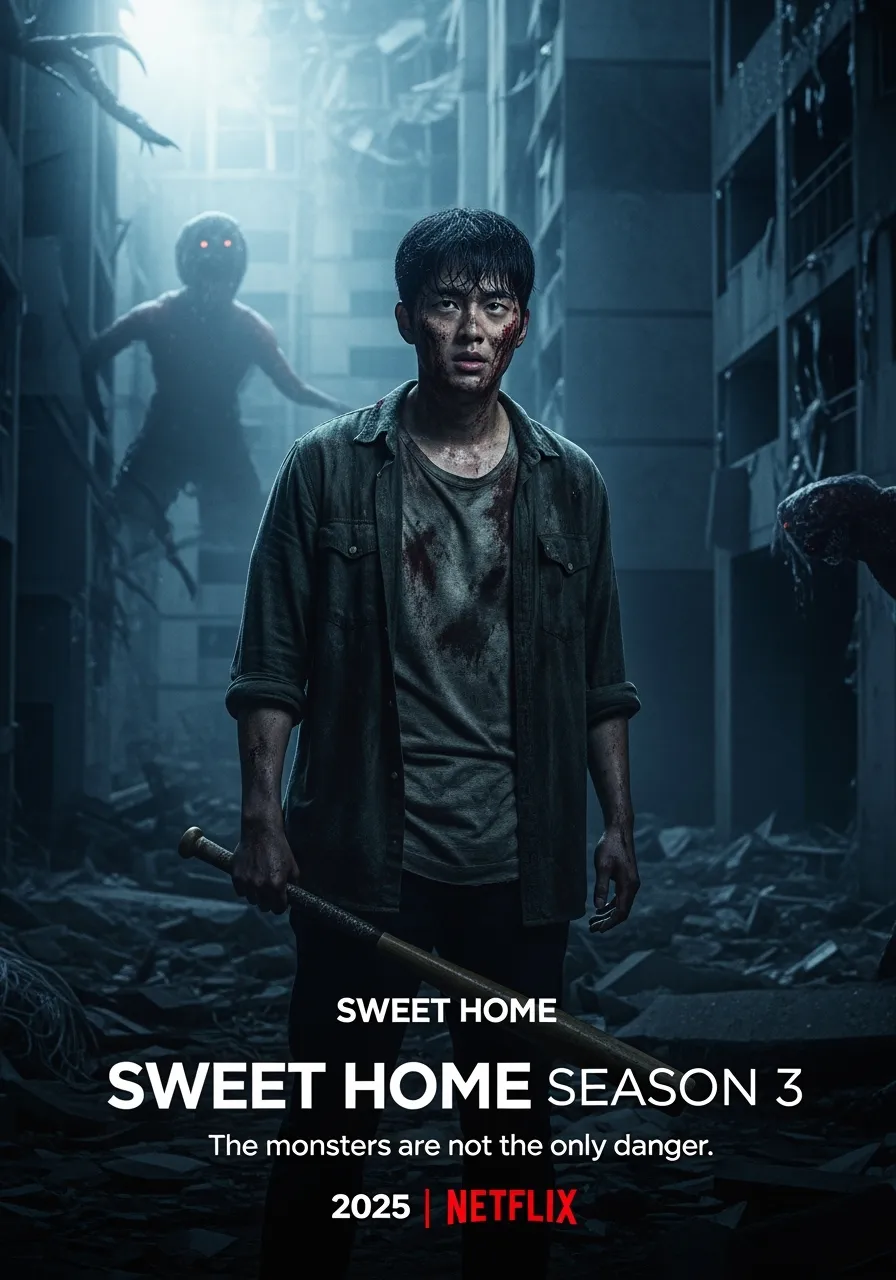The quake was only the start. What follows… breaks everything.
Plot Overview
Five years after the catastrophic quake that tore California apart, the Earth groans once more—and this time, it screams. When aftershocks trigger unprecedented disasters along the U.S. East Coast, including megatsunamis, underwater fault ruptures, and even volcanic eruptions in dormant zones, America’s worst nightmare is reborn. In a world still recovering, the land begins to move again—but now, it’s not just a tectonic event. It’s a chain reaction with global implications.
At the heart of it is Ray Gaines (Dwayne Johnson), the heroic rescue pilot who once defied all odds to save his family. Now retired, living quietly with his wife and son, Ray is pulled back into action when the Global Seismic Response Unit identifies him as the only one capable of executing a high-risk cross-country rescue. But this isn’t just about saving lives. His adopted daughter, Dr. Lila Hart, a brilliant earthquake engineer working in Manhattan, is trapped under a collapsing skyline—carrying within her the encryption key to humanity’s last line of defense: Aegis-1, the largest artificial tectonic stabilizer ever constructed.
As the device begins to fail, Ray must race across a broken country—navigating submerged cities, collapsing coastlines, and unstable ground—with the help of his ex-wife Emma (Carla Gugino) and geophysicist Dr. Serena Hart (Scarlett Johansson), a former flame and now the lead architect of the seismic shield. From the ashes of Washington D.C. to the sinking towers of New York, they fight not only time but the terrifying realization: nature isn’t reacting randomly. It’s following a pattern. A countdown.
Characters
Dwayne Johnson once again brings strength and emotional gravitas to Ray Gaines, evolving him from the action-first rescuer of the first film to a man who must balance leadership, fear, and fatherhood. His vulnerability is more present here—especially as he risks everything for a daughter who isn't biologically his, but whom he refuses to lose.
Scarlett Johansson delivers a sharp, layered performance as Dr. Serena Hart—a character as intellectual as she is resilient. Her dynamic with Ray adds depth beyond romance, grounding their cooperation in mutual respect and unfinished emotional history.
Newcomer Florence Pugh (as Lila Hart) surprises with her intensity and calm under pressure, portraying a next-generation heroine whose scientific mind may be the only thing between order and annihilation.

The supporting cast, including Emma (Gugino) and a global coalition of scientists, soldiers, and civilians, helps elevate the scope of the sequel. But at its heart, the film remains about fractured people fighting to protect what remains unbroken.
Direction & Visual Effects
Director Brad Peyton returns with even more ambition than before. While San Andreas (2015) focused on West Coast destruction, Aftershock takes a more expansive, high-stakes geopolitical scale. From the crumbling of the George Washington Bridge in a single cinematic long take to the breathtaking collapse of Midtown into a seismic sinkhole, the visuals are relentless.
What stands out, however, is the precision of the disaster choreography—less chaos for chaos's sake, more structure and suspense. Massive action sequences are balanced with quieter moments of dread, especially when seismic pulses ripple beneath New York’s streets like a beast beneath the pavement.
The use of real-world data and geological theory—particularly in visualizing the failing tectonic shield and underground rupture mapping—grounds the spectacle in just enough science to make it feel terrifyingly plausible.
Themes & Depth
Where the original explored survival and family, Aftershock expands into themes of global responsibility, intergenerational resilience, and the unintended consequences of human intervention. The Aegis-1 system, once hailed as a miracle of geoscience, becomes a ticking time bomb—reminding us that in trying to control nature, we may be accelerating disaster.
The film also explores legacy—Ray’s guilt over the daughter he couldn’t save in the first film echoes through his desperate attempt to reach Lila. Meanwhile, Serena’s belief in data over emotion is tested as she watches humanity's most advanced creation collapse in real time.
Yet despite the large-scale destruction, Aftershock never loses its emotional core. It’s not just about stopping tectonic collapse—it’s about mending fractured relationships, forgiving the past, and finding strength in unity when everything else falls apart.
Final Verdict
San Andreas 2: Aftershock is a sequel that dares to go bigger, but crucially, also goes deeper. Blending globe-spanning disaster spectacle with a story of emotional urgency, it succeeds where many follow-ups stumble—by anchoring its visual bombast in relatable human stakes.
Bolstered by grounded performances, intelligently crafted disaster sequences, and a script that never forgets its characters amidst the chaos, Aftershock isn’t just about shaking cities—it’s about shaking the audience to feel, think, and brace for more.
⭐ 8.3/10 — A thunderous, heartfelt sequel that proves some disasters are worth revisiting.

-1748427036-q80.webp)
-1740282288-q80.webp)

-1747716802-q80.webp)